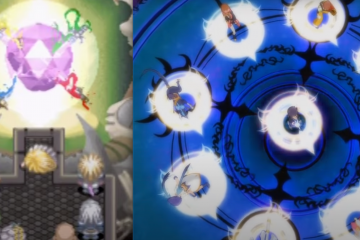LAN Party (Let’s-Analyze-Now Party) is a monthly feature where we ask With a Terrible Fate’s analysts to answer a prompt about their personal experiences with gaming. Answer the prompt for yourself, and join the discussion!
Welcome to the third edition of LAN Party! So much of video-game storytelling these days happens serially: games tell their stories through sequels, DLC, episodic content, and so on. With a Terrible Fate will be discussing serial video-game storytelling in detail at PAX East next month, and we wanted to jump-start our thinking on that topic by sharing what we love and hate about sequels.
The prompt for this month’s issue of LAN Party was the following:
What’s your favorite video-game sequel, and why? What’s your least favorite video-game sequel, and why?
Peter Finn (Video Game Analyst)
My favorite video game sequel is probably Sly 3: Honor Among Thieves. I love the Sly Cooper series in general, and Sly 3 is my favorite entry in the series because of its stellar character writing. It’s filled with excellent moments that exemplify what developers Sucker Punch do best: dialogue and character writing. I love that Sly is teaming up with former villains in the series, blurring the line between good and evil. I love the segment where the Panda King confronts his demons in the mirror, trying to get his fractured mind together so he can take action. I love the scene near the end in which Bentley questions Sly’s intentions on the team and whether Sly sees his comrades as true equals. I love the fact that when Sly is on the brink of death, all he can think about is regret over never having acted on his feelings for Carmelita. Sly 2 is the fan favorite in the series, and I will admit it has more memorable moments, but I think Sly 3 is stronger overall.
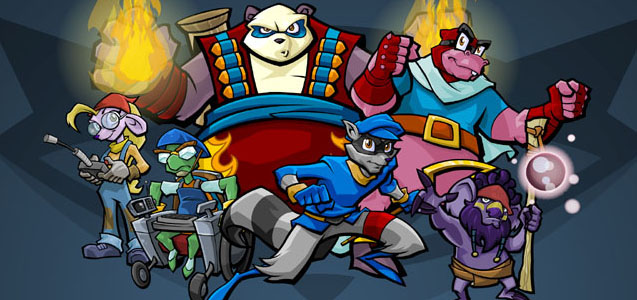
My least favorite video game sequel is a bit harder to identify. Ratchet & Clank: All 4 One comes to mind, though. This game felt very different from previous games in the series. The exploratory aspect of the series’s gameplay was removed completely, replaced with more linear levels. Also, the grandiose storytelling of the Future trilogy was gone, replaced with a very simplistic story more in line with the PS2 entries in the series. All 4 One featured the good qualities of neither of the two types of Ratchet & Clank games that came before.
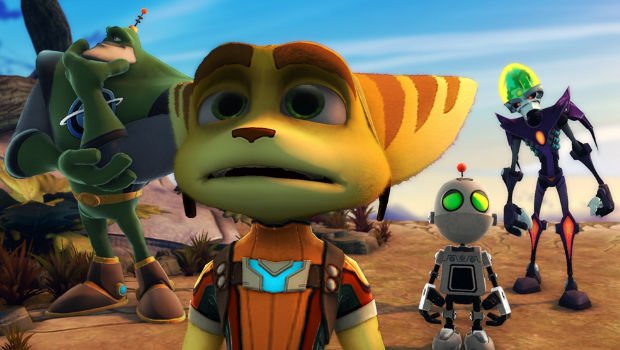
Kent Vainio (Video Game Analyst)
My favorite video game sequel is most likely Danganronpa 3: Killing Harmony. I’m actually playing the game right now and haven’t finished it yet, but it has already risen to the top spot on my list of amazing sequels. It not only contains tons of clever, humorous references to the previous two titles in the series as well as many other pop-culture figures, tv shows, and other games, but it also further develops the concept of the Danganronpa series in a unique and interesting direction—all the while playing with the player’s expectations of what they think a Danganronpa game should be, given their playthroughs of the previous two titles. It really is a gem of a game and should be experienced by anyone interested in visual novels and games relating to human nature and psychology (although, make sure to play 1 and 2 first; they are also a blast!).
I honestly don’t have a least favorite sequel, as all I’ve pretty much enjoyed all the games I’ve played. Sequels often get compared to their predecessors quite harshly, and I always try to see the merit in each individual game before making a judgment about its quality compared to other related games.
Nathan Randall (Video Game Analyst)
I can’t say it’s my favorite sequel for sure, but I played NieR: Automata last year and really loved it. A major reason for that is how well it ties existing philosophical literature straight into major portions of the game. For example, one of the first bosses of the game is named Simone, a reference to Simone de Beauvoir, a feminist existentialist author. Through the boss fight, the authors of the game are able to discuss some fairly intricate and meaningful ideas about feminism in a manner radically different from most works of feminist literature. Who would have thought that a 3D bullet hell game could offer one of the more insightful critiques of the male gaze?
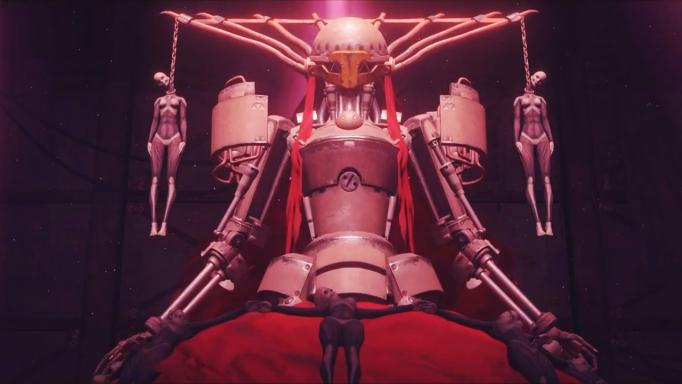
On the other end of the spectrum, I’m still refusing to believe in the existence of Final Fantasy X-2 (“FFX-2″), but I’ll take a moment to pretend that it’s a real game and comment on it. Most analysis of the game that I’ve seen has come to the conclusion that the change in the game’s aesthetic to a group of girls who literally wear costumes to change classes is what ruins this game, and that it is a stark contrast to the more somber existentialism of Final Fantasy X (“FFX”). But, personally, there is another reason I find FFX-2 to be a terrible sequel, and that has to do with the premise of the world itself.
In FFX, the world of Spira is initially met with a lot of skepticism, both from Tidus, the main character, as well as the player herself. Tidus is convinced that he comes from the real world, and that he is either far away in time or that the world he finds himself in is an illusion. Part of what makes the game so impactful is the gradual realization that Spira is, in fact, real, whereas Tidus’ world, and he himself, are illusions that will fade away. That framing made Spira a magical place.
But in FFX-2, the world of Spira is taken to be real from the very beginning. So the questions of Spira’s nature and its relationship to Tidus’ world are completely absent, removing major aspects of the magic that the world had back in FFX. So instead of being special and meaningful, Spira instead just became a backdrop for the events of FFX-2, making it much less exciting than FFX, in which the world and story were tightly intertwined.
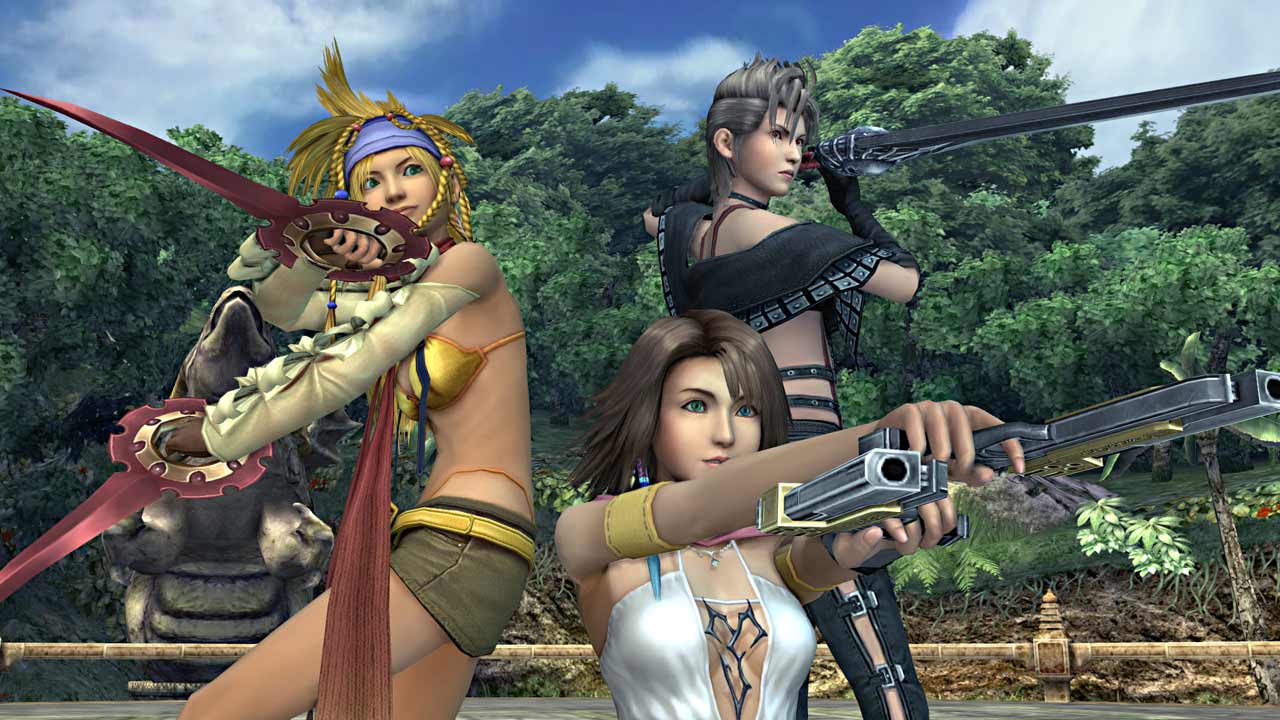
Max Gorynski (Video Game Analyst, Seriesrunner of A Comprehensive Theory of EarthBound)
I think that, in many respects, EarthBound reached as far beyond its predecessors as a sequel can; I say “predecessors” because I think that EarthBound not only sequelized its own series, but also its genre. As such, I can’t really afford not to commend it. It vastly enlarged the scope of what was possible within the thematic and aesthetic remit of the RPG.

I think Majora’s Mask was, to some degree, a casualty of the fact that it employed the same engine as Ocarina of Time, and dwelt in that epochal episode’s shadow; I think if we were talking more empirically, Ocarina would take the cake as the greatest sequel of all time, considering its introduction of so many new elements and its seamlessness in incorporating them. But the way in which challenging mechanics blend with narrative ambition in Majora, for me, defines everything I see in the potentiality of video games.
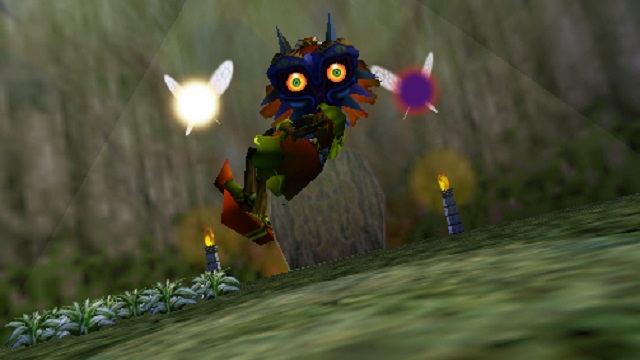
Monument Valley 2 wasn’t half bad, either; still waiting for the Journey follow-up.
Adam Bierstedt (Video Game Analyst)
I think Fire Emblem: Radiant Dawn might be my favorite sequel (as long as we restrict ourselves to direct sequels). Its story is not as tightly focused as its predecessor’s, Path of Radiance, was, but this isn’t a bad thing. It’s got a monstrous four acts, good graphics, a possible army of over 50 units, most of whom will see use, and it looks pretty dang good. All on the Wii. It’s also very difficult (due to a translation error on the side of the English localization team), making each level a good tactical exercise. Finally, it actually dares to ask the question, “What happens after we win the war?”, something that earlier Fire Emblem games really only did in the final biographies of the army.
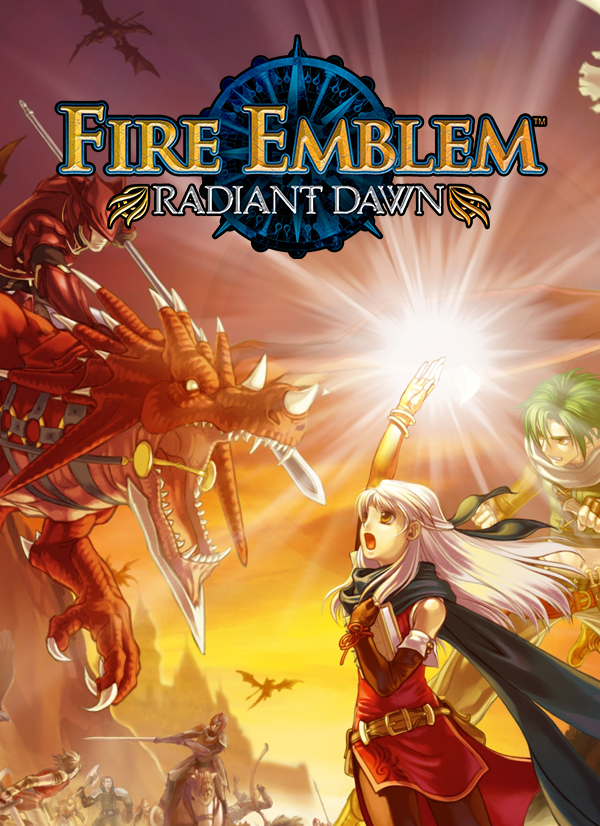
My least favorite sequel… That’s really tough. Like, looking through my Steam library, I really don’t own the sequels to many games, and those I do, by and large, improve on their predecessor.
With one exception: BioShock Infinite. I know, I know, look at the cool kid hating on Infinite. And the thing is, it’s not a bad game. It’s just a really terrible sequel. While BioShock and BioShock 2 stayed as really interesting critiques of objectivism and communalism, respectively, Infinite just doesn’t really critique anything (the one thing it did a good job of showing was immediately retconned in Burial at Sea). Also, I think the narrative was really badly executed and full of filler.
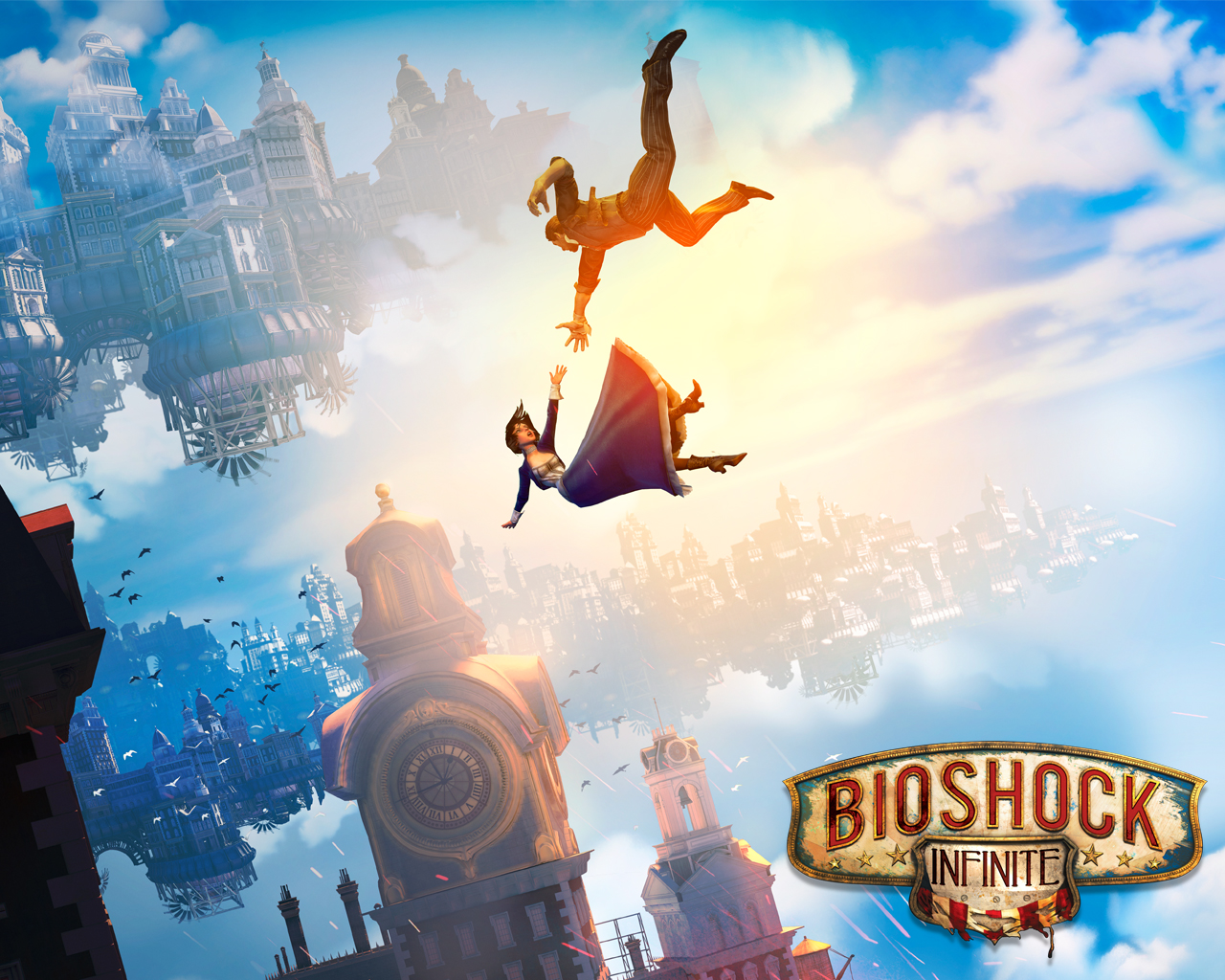
Jaron R. M. Johnson (Video Game Analyst, Seriesrunner of Hero of Time Project)
I realize this is counter to what Max said above (love ya, Max—and EarthBound is definitely great!), but I would be lying if I said Majora’s Mask wasn’t my favorite sequel of all time. In my opinion, it did well to add to its original despite, as Max said, using the same engine as Ocarina. The added content, maturing of a story (from generic kingdom-doom to literal fiery moon-fueled apocalypse and loss of identity at the beginning of the story), and the addition of the Kafei and Anju questline (which we’ve written a bit about) all served to make Majora’s Mask a well-evolved version of its predecessor.
As for my least-favorite sequel, well… I wanted to say Banjo Kazooie: Nuts and Bolts, but honestly, that game was way better than people give it credit for. I wound up liking it a whole lot. ¯\_(ツ)_/¯
I think Diablo III is definitely my least-favorite sequel. That game is a literal dumpster fire of bad decisions, and if it weren’t a Diablo title, it would have fallen beneath alternative, far-superior indie NG+++ cycling games. What a crock.
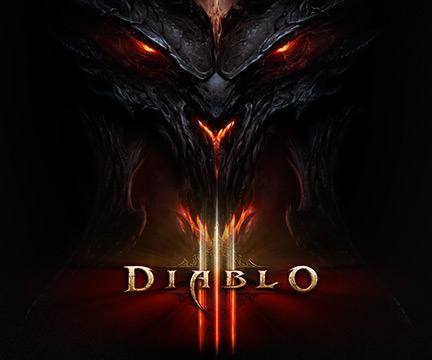
Aaron Suduiko (Founder, Chief Video Game Analyst)
I certainly have the highest respect for Majora’s Mask as a work of art, and I owe this site to my original work on it; however, I wouldn’t say that Majora’s Mask is the best sequel I’ve ever played.
To succeed as a sequel, I think, a story has to elaborate on the story and themes of its predecessor in compelling ways. Even though Majora’s Mask is definitely in dialogue with Ocarina of Time, I believe that many of the most interesting aspects of that game—aspects like the Happy Mask Salesman, its spacetime mechanics, and the “Elegy of Emptiness”—are totally independent of Ocarina. Therefore, I wouldn’t count this game as my favorite sequel, no matter how near and dear I hold it to my heart.
My favorite sequel is Kingdom Hearts II. It does exactly what I just said a sequel needs to do: it takes the story and themes of Kingdom Hearts and elaborates on them in rich, mind-expanding ways. Where Kingdom Hearts puts the classic Disney theme of light conquering darkness into a Final-Fantasy form of storytelling, Kingdom Hearts II does the inverse: it puts Final Fantasy themes in a Disney form of storytelling, personifying concepts like self-estrangement and loneliness in the way that other Disney stories personify goodness and love. The result is a thematically consonant story that at once makes you feel the nostalgia of childhood and the existential adriftness of adulthood. It’s a Kingdom Hearts that’s reached peak cerebral challenge and emotional resonance, and it’s a Kingdom Hearts that doesn’t require encyclopedic knowledge of 10-or-so games to understand.
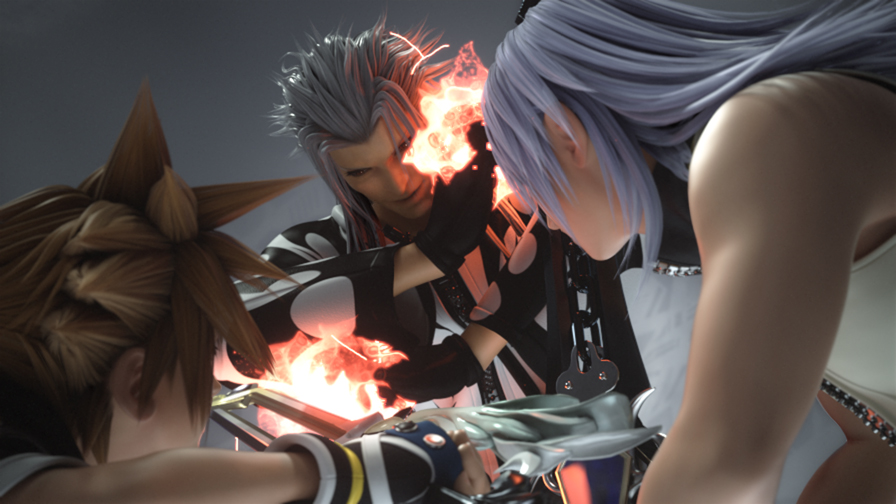
In terms of least-liked sequels: I’ve been pretty vocal lately about my disappointment in Dishonored 2, but my all-time least-liked sequel has to be Tales of Symphonia: Dawn of the New World. I haven’t discussed it much (yet!) on With a Terrible Fate, but Tales of Symphonia was a deeply formative game for me: it was the first JRPG I ever played, and it was what led me to fall in love with the multi-disk, saga-style storytelling of games like Xenoblade Chronicles and Final Fantasy. You can imagine how excited I was when Namco released a sequel to Symphonia, and you can imagine my disappointment when the sequel wasn’t even in the same class as the original: intricate relationships between 8 party members were replaced with two main characters and a Pokémon-style monster collect-a-thon; the storyline was kept on life support with superficial cameos from the first game’s cast; multiple endings were tacked on to the end of the game without a compelling structure of choice being woven throughout the rest of the game.
But I admit that I only played it once, and I never dared to return to it. I might try to take off the nostalgia goggles and approach it with a more critical eye, someday.
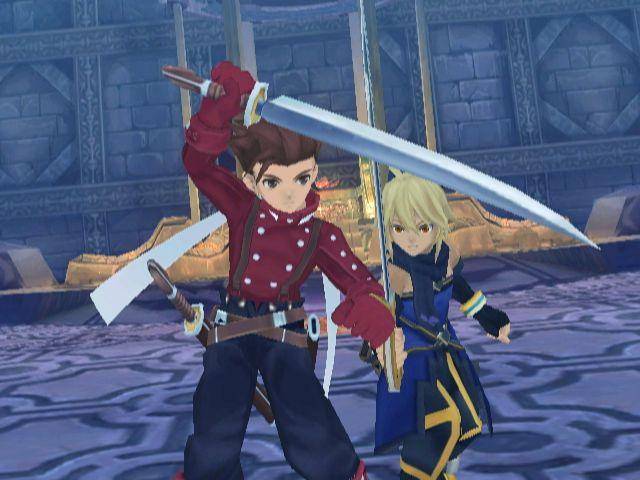
What are your own personal best and worst sequels? Let us know in the comments! And, if you want to dive deeper into the serial storytelling of video games, check out our upcoming presentation on that topic at PAX East 2018!




